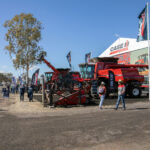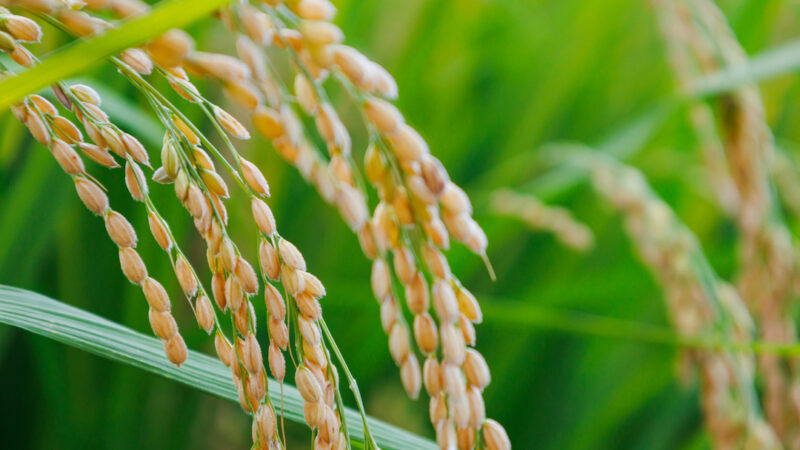The NSW Farmers team will be heading to Gunnedah next week to help celebrate to…
NSW Farmers urge State Government to allow access to virtual fencing
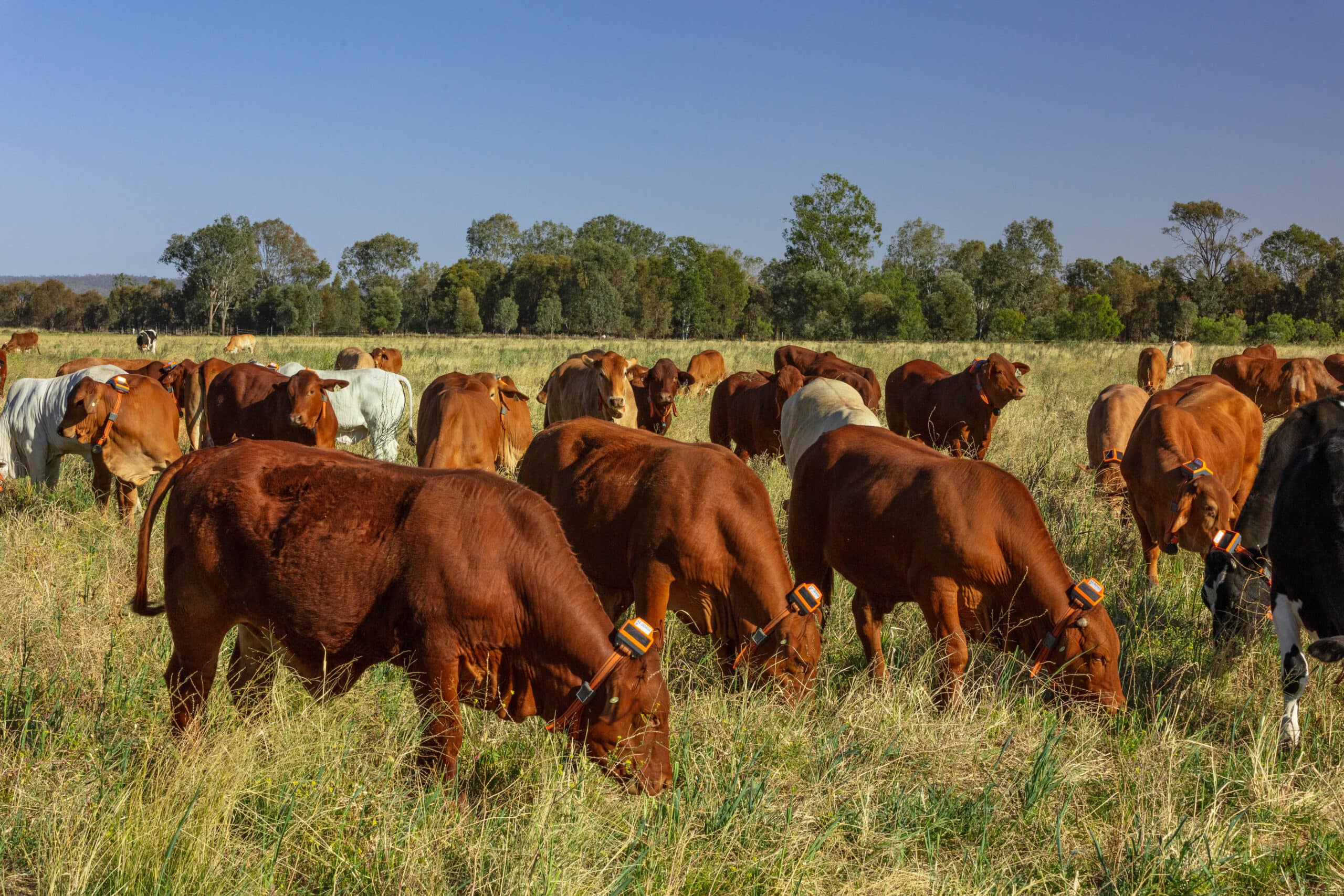
Virtual fencing technology is being used successfully in Queensland, Western Australia, the Northern Territory and Tasmania, but current animal welfare legislation in NSW means it continues to be banned across the state.
The tide may be turning though as discussions and potential amendments to the legislation offer a hint of hope that farmers in NSW might be given access to the potentially life-changing technology.
Member for Orange, Philip Donato, presented a Notice of Motion to State Parliament in October, aiming to introduce the Prevention of Cruelty to Animals Amendment (Virtual Stock Fencing) Bill 2023. That legislation is scheduled to be heard early next year.
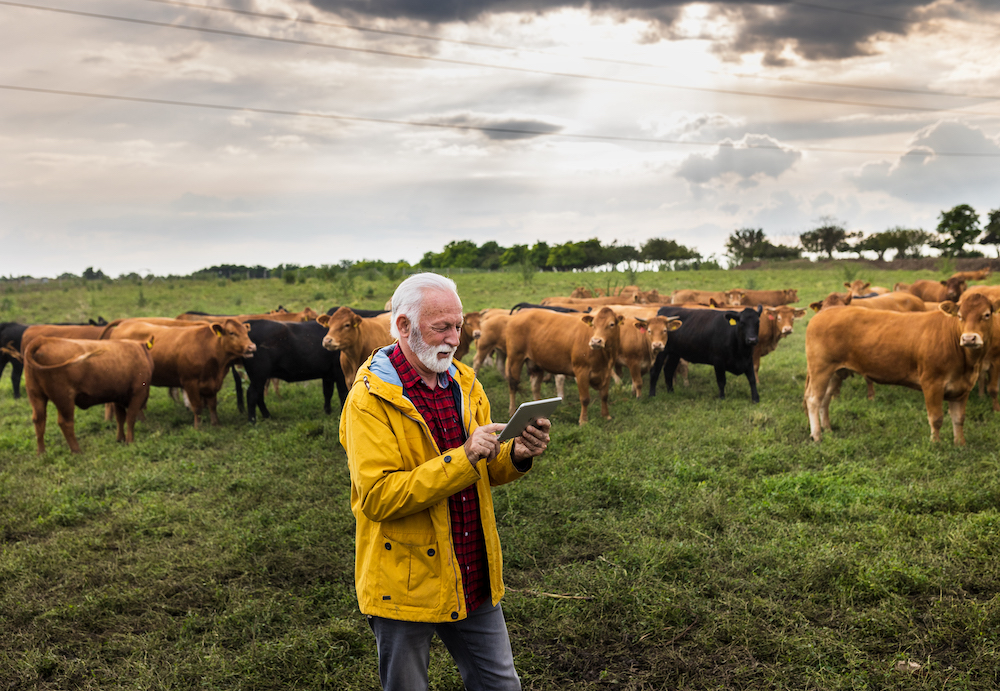
What is virtual fencing?
Put simply, a virtual fence is an invisible line on the land that can be created on a digital map using GPS technology.
Virtual fencing is already a reality in Australia, thanks to the CSIRO which has partnered with Gallagher Animal Management to develop on-farm applications for the cutting-edge technology. (It’s currently being trialled on farms in Queensland, Western Australia, Tasmania and New Zealand.)
NSW Farmers Policy Director Ashley Cooper says the virtual fencing ban in NSW is incredibly disappointing as it highlights the inability of the government to realise the benefits the technology can bring to farms.
“It’s a shame virtual fencing is still banned in NSW, especially when we know there are positive animal welfare outcomes in terms of reducing injuries related to fencing. We also know there are great benefits virtual fencing brings to labour cost savings, as the technology has the ability to allow farmers to move stock virtually. This would absolutely be life changing for many farmers.”
Ashley Cooper, NSW Farmers Policy Director
“Aside from reduced labour costs, the technology also translates to reduced costs for fencing and fencing repairs. We understand there are numerous benefits, which makes it very frustrating to know that it’s allowed in other states, but not here.”
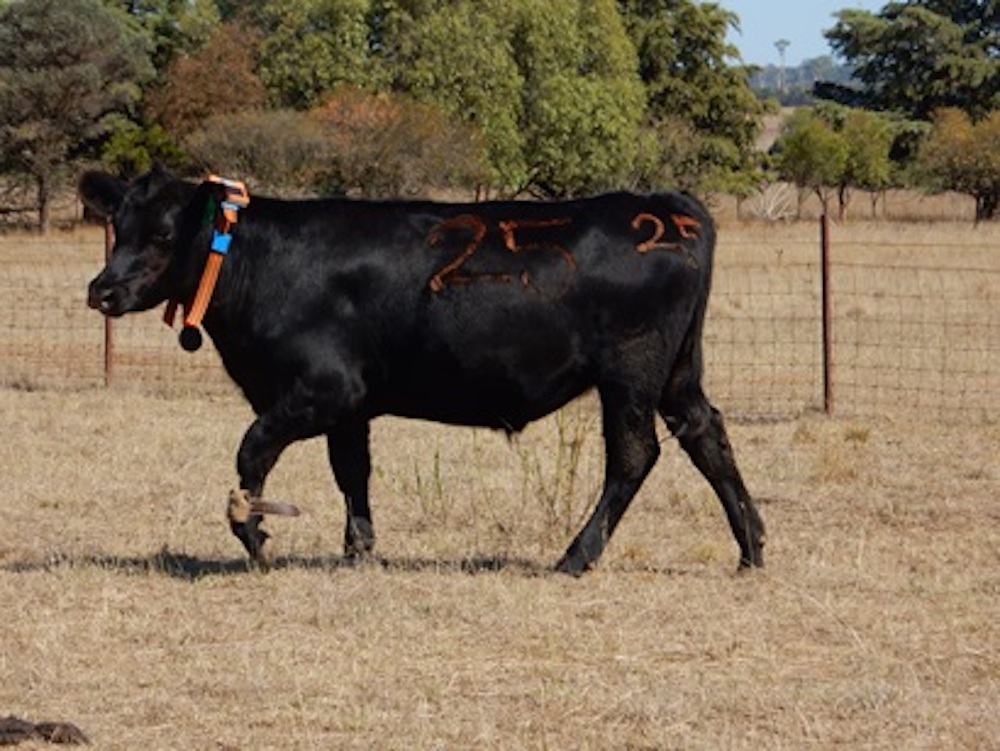
Moo-ving herds made easier
Revolutionising cattle management, virtual fencing uses collars to guide and supervise the herd. Each animal wears an electric collar, which sends sound and vibration signals to give them directional guidance. If the cue is ignored, the smart collar sends an electric pulse.
Controlled via an app, the technology gives farmers the ability to remotely move the cattle and establish temporary grazing areas, all from the convenience of their smartphone.
The first stages of developing the technology began in the 1980s, receiving a boost in the early 2000s when the CSIRO commissioned research and development in the area. Virtual fencing has been widely used in New Zealand where, last year, more than 100,000 cows received the collars.
However, the Animal Justice Party has expressed firm resistance to the implementation of the technology. The RSPCA has also raised concerns regarding the potential impacts on animal wellbeing, particularly related to the employment of electric shocks. These shocks, the RSPCA claims, have been demonstrated to trigger immediate stress reactions in animals.
Mr Cooper says it’s important that decisions are based on reviewed scientific research, and not on emotion.
“There needs to be a focus on the benefits of the technology where it outweighs any unproven claims about animal welfare,” Mr Cooper says.
“I believe the benefits of virtual fencing quite obviously outweigh any argument against the tech. And it’s not just for farming, as there are examples of virtual fencing being used to protect wildlife.”
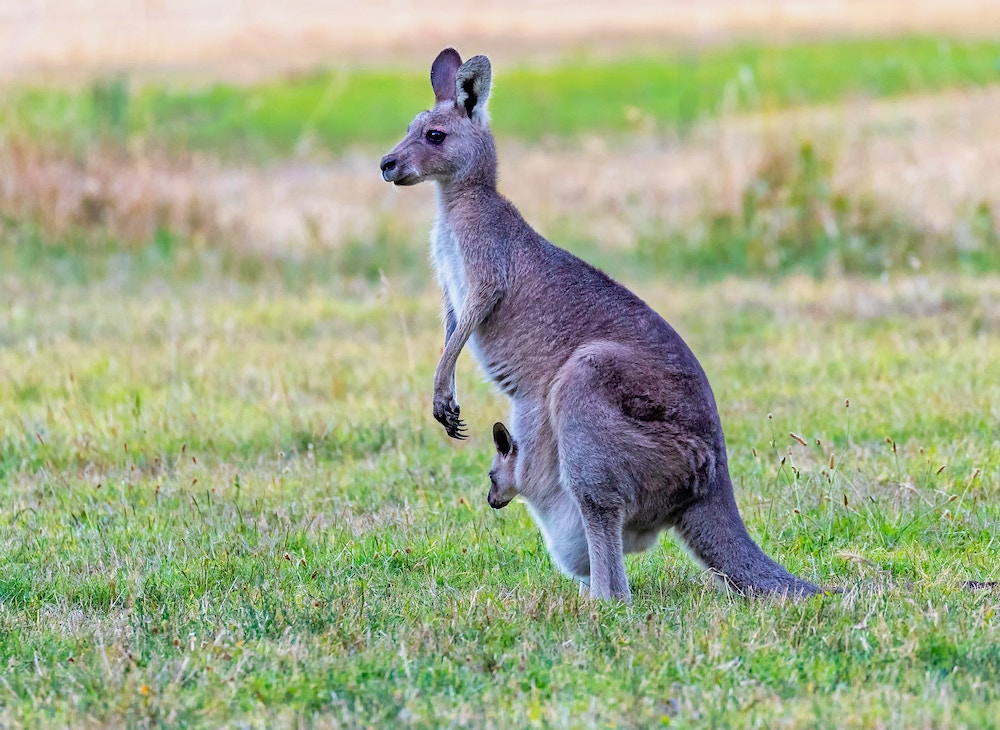
Beyond the farm
In 2022, a kilometre-long stretch of virtual fencing was implemented along Cullendulla Drive, Long Beath, north of Batemans Bay. This road was chosen as a critical hotspot, due to the high number of wildlife fatalities and injuries (as many as five kangaroos and wallabies per week).
Eurobodalla Council installed a series of posts along the road, with a small device that emits an audible alarm and blue and yellow flashing LED lights when struck by car headlights at night.
One year later, WIRES and local council workers recorded just five animal deaths in eight months.
“The example of the NSW south coast is a good case study to show how the virtual fencing technology can extend beyond the farm,” Mr Cooper says.
“It seems very unfair that this technology is being used in other states and not in NSW. So what’s good for some states should be good for the rest of us. We’re asking the NSW government to do everything they can to promptly make this tech available to our farmers as soon as possible.”
If you enjoyed this piece, you might like to read how other agritech innovations are helping farmers in NSW.


